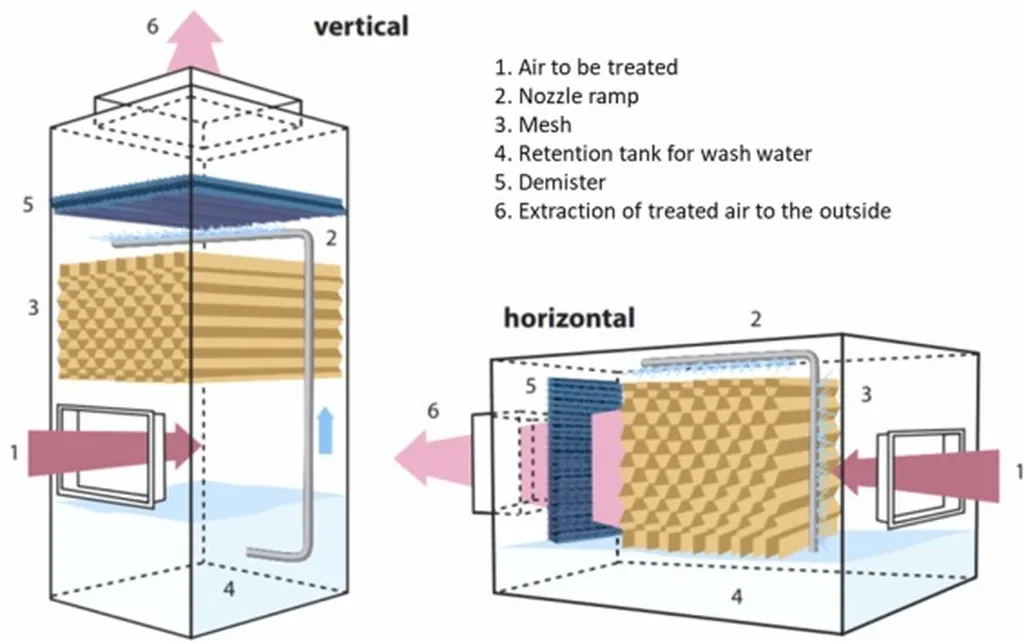In the heart of the livestock industry, a silent battle is raging—not against disease or pests, but against the very structures designed to protect the environment. Air scrubbers, installed in livestock buildings to mitigate ammonia and particulate emissions, are causing premature degradation of concrete panels, posing significant financial risks to farmers. A recent study, led by Marie Giroudon from the University of Toulouse, France, sheds light on this pressing issue, offering insights that could reshape the future of construction materials in the energy and agricultural sectors.
The study, published in *Case Studies in Construction Materials* (translated from French), analyzed the composition of runoff water from air scrubbers over a 12-month period and evaluated the degradation mechanisms of two types of concrete: XA2, exposed for 12 months, and XF1, exposed for a decade. The findings are stark. “The runoff water contained alarmingly high levels of ammonium, sulphates, and magnesium—all highly aggressive to concrete,” Giroudon explains. These components led to leaching, carbonation, and even sulphate and magnesium attacks in the XF1 concrete, with degraded depths of 15mm and 5mm for XF1 and XA2, respectively.
The implications for the energy and agricultural sectors are profound. Air scrubbers are crucial for meeting environmental regulations, but the premature degradation of concrete structures within these systems could lead to costly repairs and replacements. “This is not just a matter of structural integrity,” Giroudon emphasizes. “It’s about the financial viability of farms and the sustainability of our environmental efforts.”
The study’s findings highlight the urgent need for more durable materials in these aggressive environments. Giroudon suggests that calcium aluminate cement coatings could be a promising solution, offering improved durability and preventing structural failure. This research could pave the way for innovative materials and designs, ensuring that air scrubbers continue to play a critical role in environmental protection without compromising the financial health of farmers.
As the industry grapples with these challenges, one thing is clear: the future of construction materials lies in understanding and adapting to the unique demands of their environments. Giroudon’s work is a significant step in that direction, offering valuable insights that could shape the future of the field. The ball is now in the court of material scientists and engineers to develop solutions that can withstand the test of time and the test of aggressive environments.

